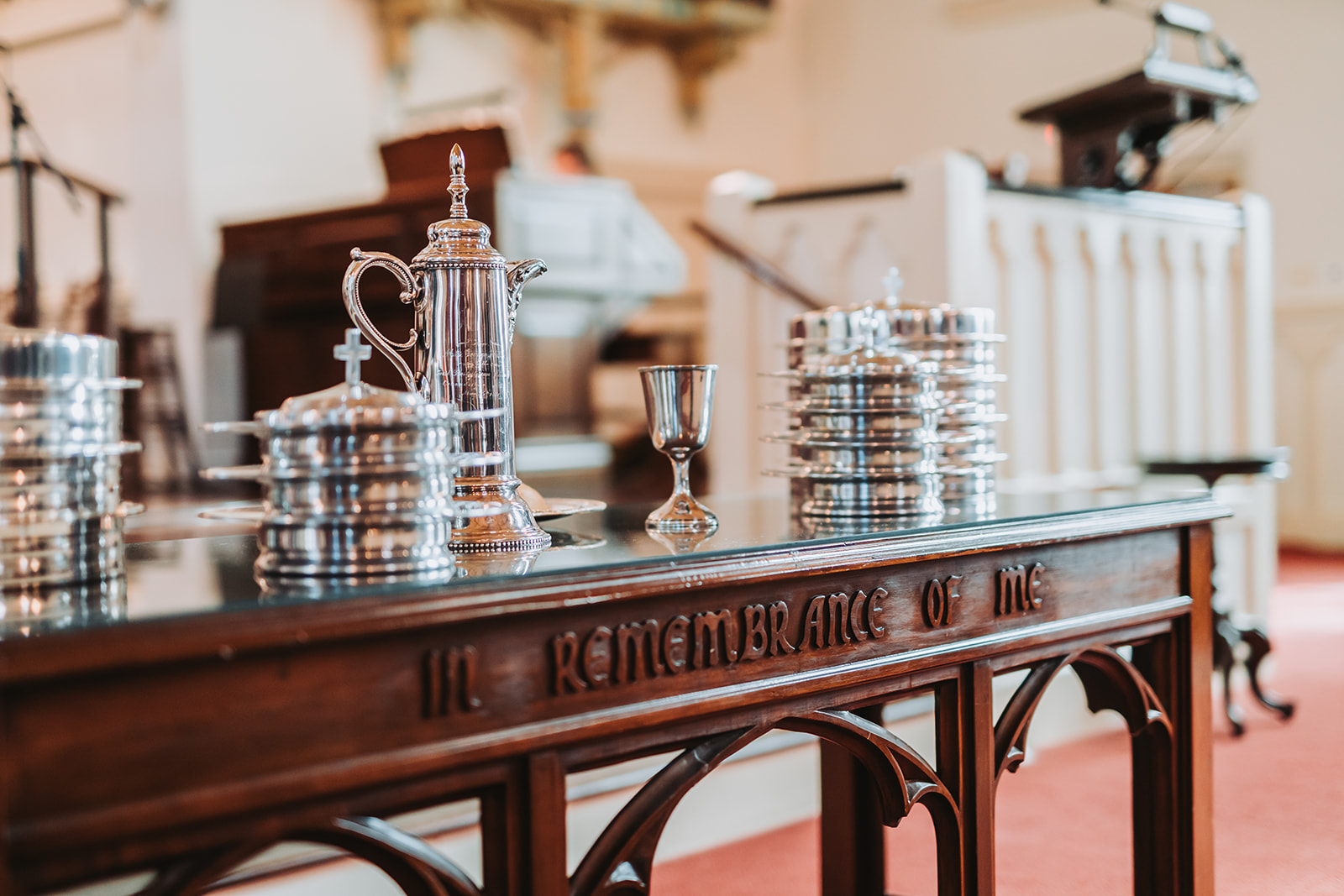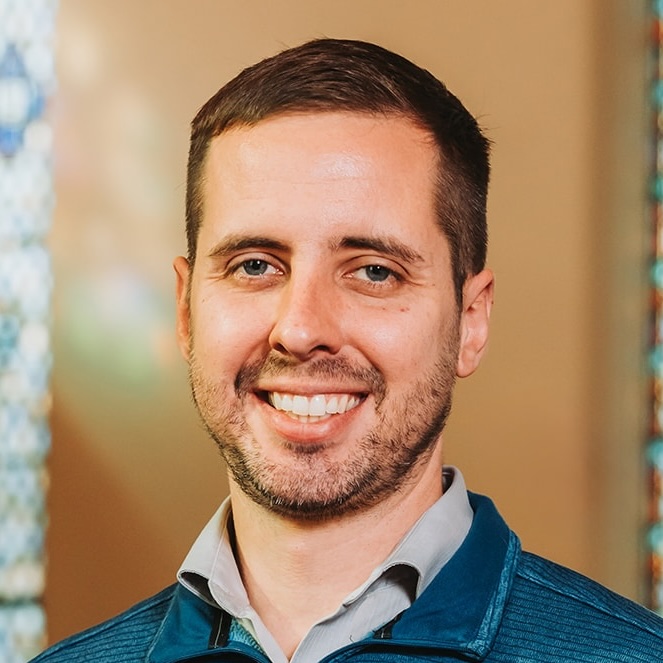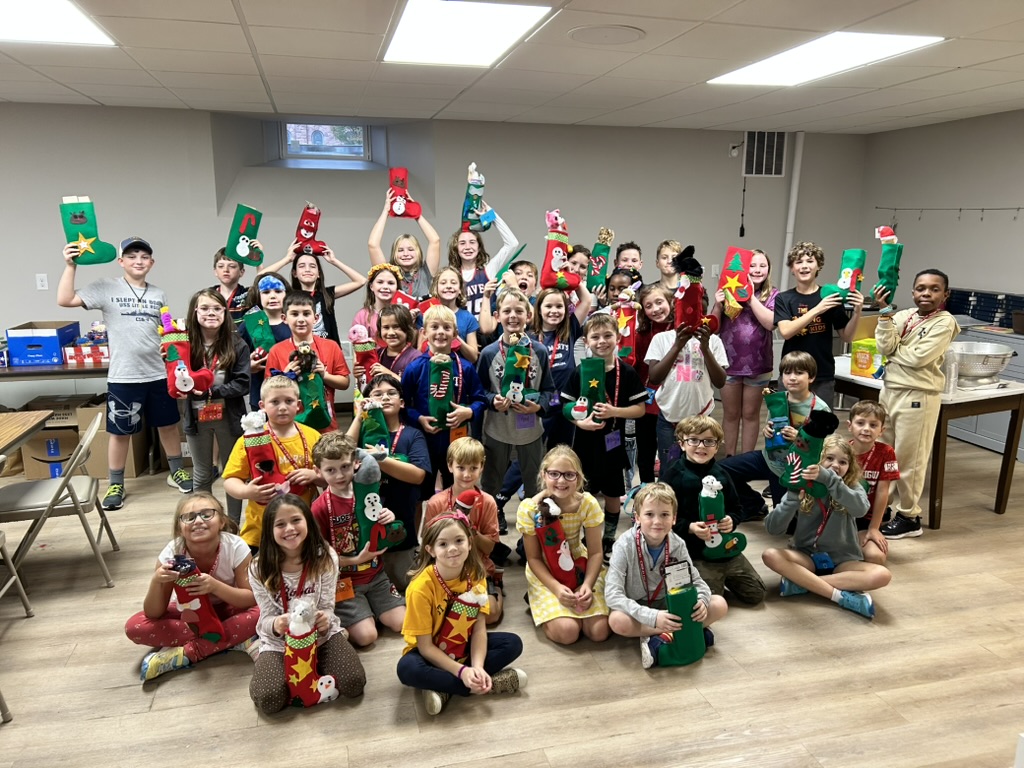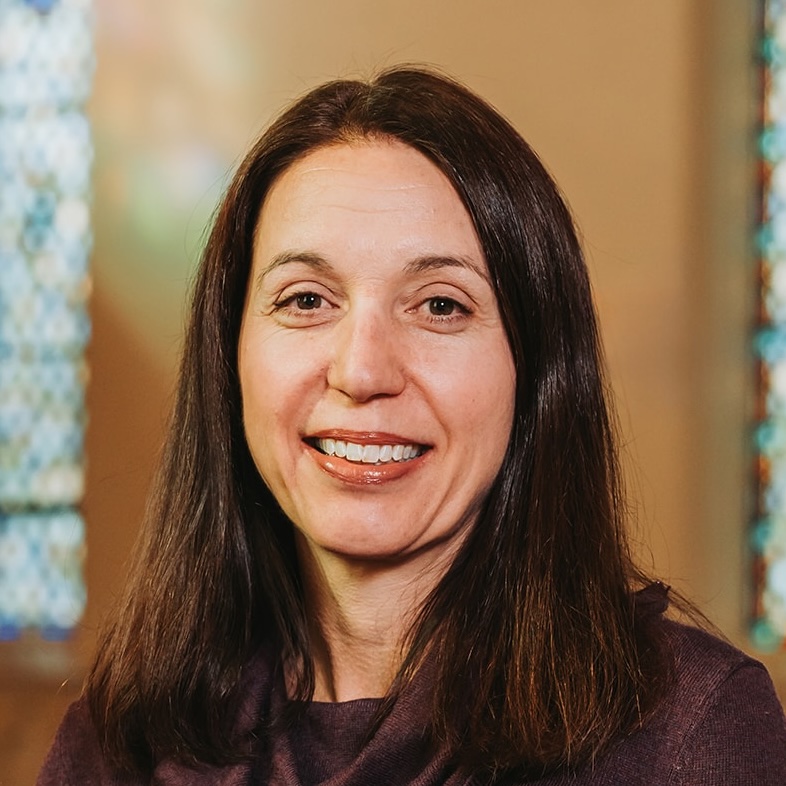I recently had the privilege of facilitating a Sunday morning worship service while Pastor Wade was out of town. This is a responsibility I am grateful to have; it is not a given that someone in my position is permitted to serve as pulpit supply. This responsibility caused me to reflect on corporate worship in general…
Ordinary Yet Extraordinary
Corporate worship holds both ordinary and extraordinary elements. Those ordinary and extraordinary elements belong together. The Lord’s Supper provides a great example. The ordinary (bread and wine) is intertwined with the extraordinary (body and blood). Indeed, the ordinary and the extraordinary belong together; otherwise, the Lord’s Supper ceases to be just that! A divorcing of the ordinary from the extraordinary errs the Lord’s Supper either into a meal like any other, or into some sort of disembodied spiritual exercise that is detached from God’s good creation.
In our Reformed tradition, we believe the physical elements are bread and wine/juice (ordinary), and that the spiritual presence of Christ is in the elements (extraordinary). To be clear, this is not transubstantiation, which is the view that the physical elements are literally the body and blood of Christ.
The glue that holds the Lord’s Supper together is the words of Jesus: “Do This in Remembrance of Me.” This instruction intertwines the ordinary with the extraordinary; the bread with body and wine with blood. Yes, when God speaks, something new is created; in this case, it is Holy Communion - a sacred remembrance that brings together physical and spiritual realities in corporate worship.
This togetherness also applies to us as image-bearers. We are both physical and spiritualbeings. It is heresy to separate them (look up Gnosticism when you get the chance). They belong together. Merely having a physical body dilutes our existence into atoms and molecules (an atheistic worldview). Only having a spiritual body errs in all sorts of ways, and is expressed in certain types of new age spirituality today, and other types of paganism in history (a related heresy was Docetism; a view that Jesus was only a spiritual being).
The togetherness of the sacred and the secular extends through the rest of corporate worship:
- We are in the world (Canandaigua, NY, USA), but yet set apart (in The United Church sanctuary).
- We meet weekly (one of seven days in the week), but on the Lord’s Day (the day of Christ’s resurrection).
- We stand and sit, listen with our ears and speak with our voices (our physical bodies), but also worship God in praise and prayer, confession and contemplation (which is far more than a cognitive action, but also a spiritual activity).
Conclusion
Just as God spoke in the beginning and created the universe into existence, including humans (physical and spiritual God-images), so did God speak and created the Lord’s Supper (bread/body and wine/blood). When God speaks, all of creation responds… the physical and the spiritual, together.
The togetherness of the ordinary and extraordinary soaks the entirety of our corporate worship liturgy. Next time you join us on Sunday morning, come prepared to worship with your whole self - your body and soul.
Inspired by
The concepts and contents of the following writers inspired my reflections: Bible scholar Christopher Watkin (Biblical Critical Theory) and Anglican priest Trish Harrison Warren (Liturgy of the Ordinary).






